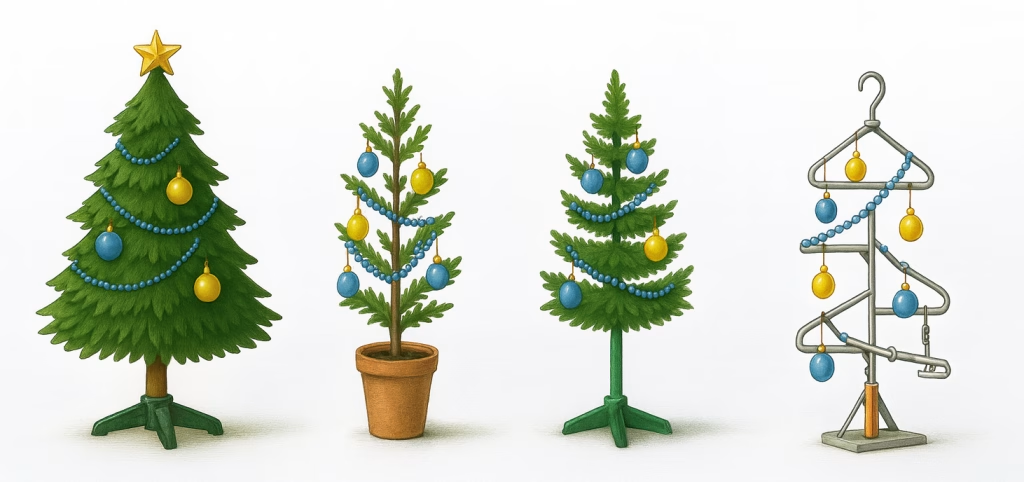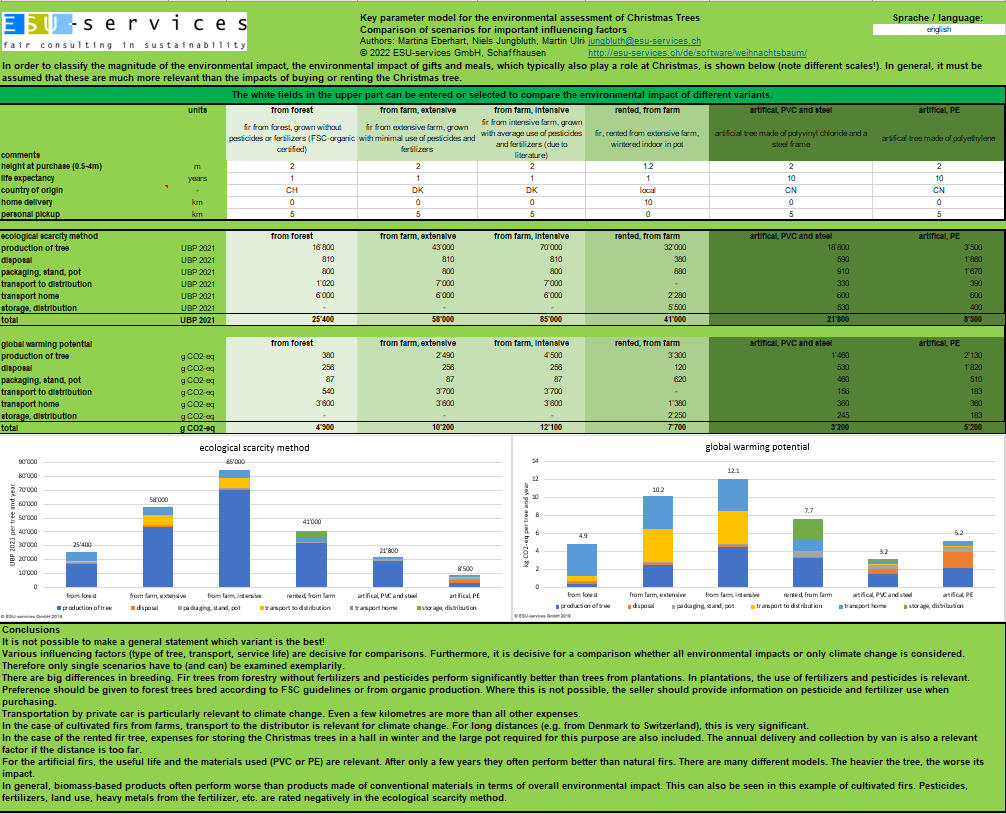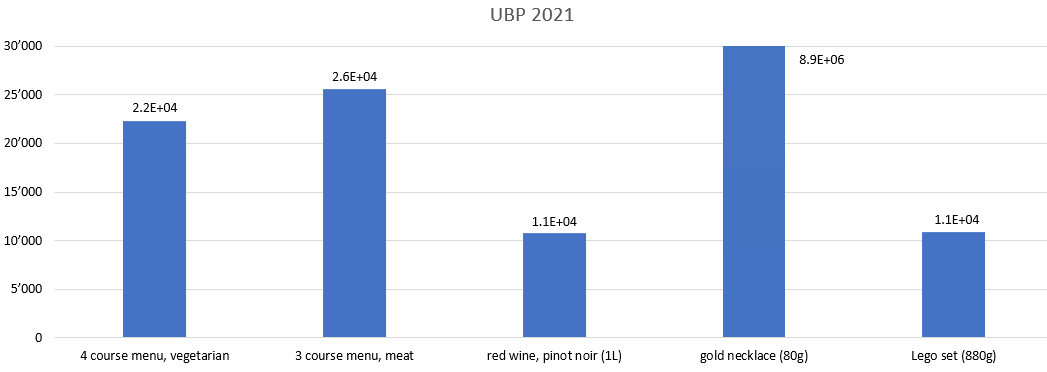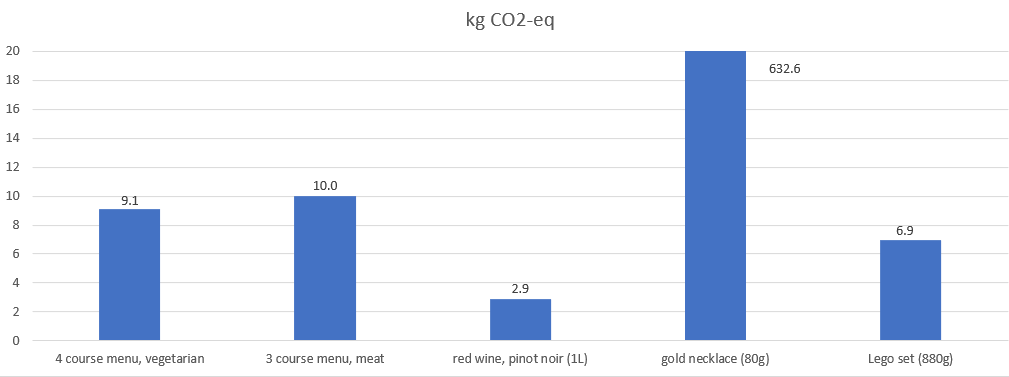Scenarios calculated for the life cycle assessment of Christmas trees
In the period before Christmas, the question often arises, “Which Christmas tree is the most environmentally friendly option?” The aim of this simple Excel tool developed by ESU-services is therefore to find the best option and to identify the factors, which have the highest influence on the environmental impacts during the lifetime of a Christmas tree. Different scenarios e.g. on transport distances and usage time can be compared for natural and artificial Christmas trees.

Several scenarios can be calculated
For the comparison of the trees, different alternatives were considered:
- Cut Christmas trees from the forest (neither pesticides nor fertilizer)
- Trees from intensive and extensive cultivation
- Rented Christmas trees
- Two types of plastic Christmas trees.
With our life cycle assessment calculation tool for comparing different scenarios for the purchase of Christmas trees, you can compare different variants. You can enter the parameters for the Christmas trees in the upper part of the table.
The results were presented at the LCA food conference 2020 as a poster and in a video.
The tool is available since Christmas time 2022. We still look for sponsors providing data and money to calculator more different options in the tool. Please contact us directly if interested.
Christmas tree calculator
Method for the LCA of Christmas trees
To compare the different Christmas tree alternatives and to find out the impacts of the separate phases of a fir or a plastic tree, a cradle to grave life cycle assessment (LCA) was performed. The production (including fertiliser and pesticides), the transportation, the manufacturing, the distribution, and the disposal are considered.
The data for the cut and the plastic trees are from different LCA studies and internet sources. For the rented Christmas tree, different suppliers were questioned. The tree is delivered and picked up by the company and grows in a pot. For the cultivation the same data was taken as for the cut Christmas tree with extensive cultivation.
For the life cycle impact assessment (LCIA) the Swiss Ecological Scarcity Method 2021 (UBP) and the Global Warming Potential (GWP) 2021, 100a, are evaluated.
Calculator for environmental impacts
Furthermore, an Excel key parameter Christmas tree calculator for environmental impacts (in German) was developed. For the different tree variations, the transport distance and medium, the Christmas tree height and origin and for the rented and plastic tree also the useful life can be entered. Based on these entries, the environmental impact is calculated.

Results for carbon footprint and environmental impacts of Christmas trees
The results for the different Christmas trees and the two life cycle impact assessment (LCIA) methods are presented in the following figures. The calculation is based on the following scenario:
- Height: 2m (rented tree starts with 1.2m)
- Transport: 10km, car; forest tree, 10km delivery van; rented tree, 5km, car; all others
- Useful live: 5a, rented and plastic tree, 1a, cut trees
- Origin: Directly on site; forest tree, rented tree
- China: both plastic trees
- Switzerland: cut tree, extensive
- Denmark: cut tree, intensive
Discussion/Interpretation
A general statement as to which variant is always the best isn’t possible. Different influencing factors (type of tree, transport, usage time, etc.) are important for comparison as well as the considered evaluation method.
In general, fir trees from forestry without fertilizers and pesticides perform significantly better than trees from plantations in terms of overall environmental impact. Pesticides, fertilizers, land use, heavy metals from the fertiliser, etc. are evaluated negatively by the Swiss Ecological Scarcity Method.
Considering the carbon footprint the use and disposal of the plastic tree and the private transport get a higher relevance in the juxtaposition. At just a few kilometres of private transportation, the related emissions exceed the ones of all other factors combined.
In the case of the rented fir, the storing of the trees in a hall in winter is the most relevant factor.
The service life, the materials used (PVC, PE, Steel) and the total weight is relevant for artificial firs. However, they often perform better than firs from the plantation after just a few years, especially when considering the Swiss Ecological Scarcity Method.
Finally, and most important: In contrast to the huge discussion about the most environmentally friendly tree, most often other factors such as gifts, meals or travelling for Christmas Eve have a much higher impact on the environment than the tree itself. For comparison: The average consumption per person in Switzerland causes emissions of 38kg CO2-eq per day.
Putting into perspective of the whole Christmas party
In order to classify the magnitude of the environmental impacts, the environmental impacts of gifts and meals, which typically also play a role at Christmas, are shown below. As a rule, it must be assumed that these are significantly more relevant than the impact of buying or renting a Christmas tree.
Total environmental impacts with ecological scarcity 2021

Carbon footprint in kg CO2-eq of other Christmas eves presents and meals
